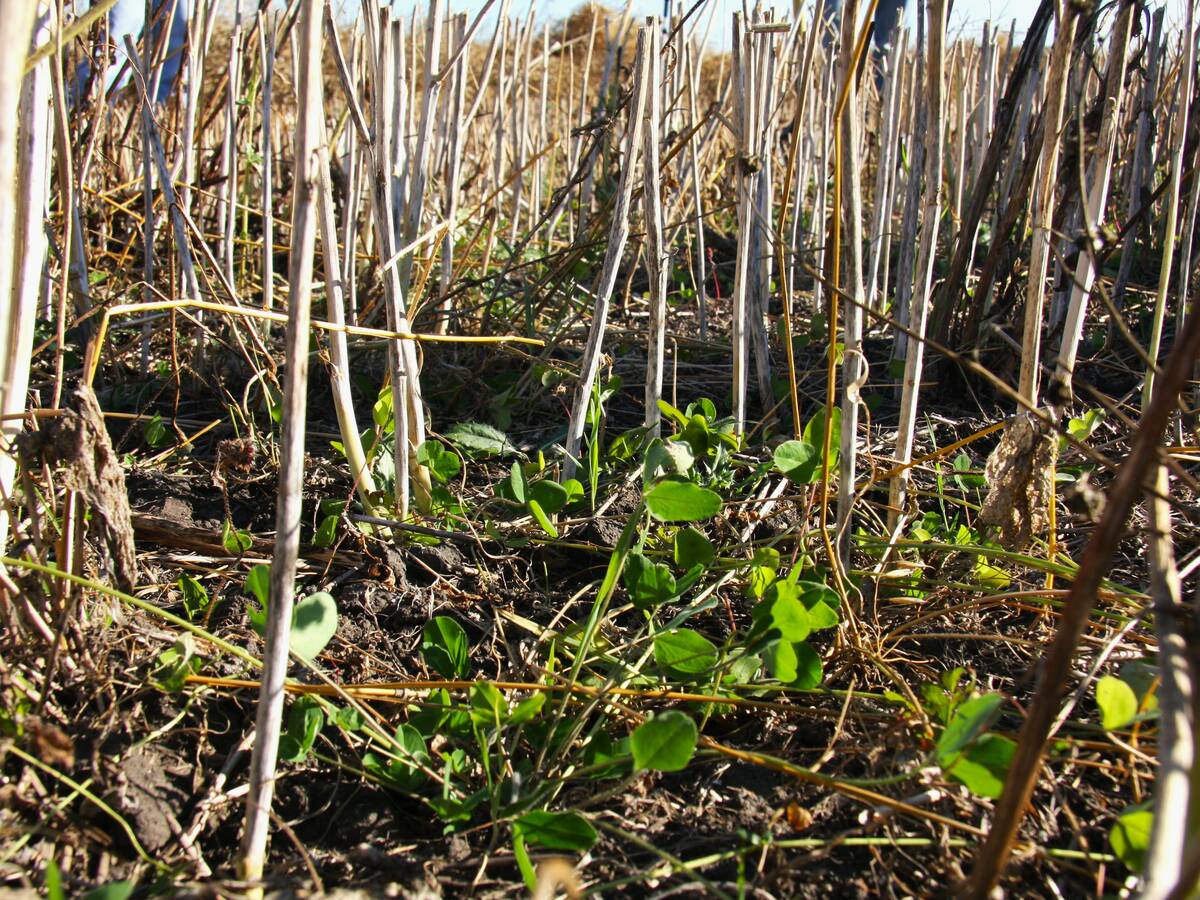Biodiesel may be a renewable fuel, but it shouldn’t be confused with renewable diesel.
Over the last year, renewable diesel, sometimes called green diesel or hydrotreated vegetable oil (HVO), has made news because governments and private companies are switching to this new source of fuel.
- UPS, one of the world’s largest couriers, signed agreements with renewable diesel suppliers in Europe and the United States last July that will see the company shift more than 12 percent of its fuel to renewable diesel and other alternative fuels by next year.
- Volvo Penta, a supplier of marine and industrial engines, said this spring that it will allow the use of renewable diesel in all of its diesel engines, including Volvo trucks.
- The cities of Oakland and San Francisco have switched to renewable diesel for their fleet of diesel powered vehicles. Oakland will now use about one million litres of renewable diesel a year.
Read Also

Saskatchewan project sees intercrop, cover crop benefit
An Indigenous-led Living Lab has been researching regenerative techniques is encouraging producers to consider incorporating intercrops and cover crops with their rotations.
Users say they are pleased with their decision to switch.
“Renewable diesel has a huge impact, significantly reducing life cycle greenhouse gas emissions by up to 90 percent less versus conventional petroleum diesel,” said Mark Wallace, UPS’s senior vice-president for global engineering and sustainability.
Gary Lentsch, fleet manager with the City of Oakland, said the move to renewable diesel was easy.
“We have uncovered absolutely no performance hiccups by switching to renewable diesel — it’s almost too good to be true,” Lentsch told www.government-fleet.com.
Biodiesel and renewable diesel are both made from canola oil, soybean oil and waste cooking oil, but there are key differences in the manufacturing process and performance. According to the Advanced Biofuels USA website, biodiesel comprises mono-alkyl esters of long-chain fatty acids.
Renewable diesel is a not an ester and “distinct from biodiesel.”
“It (renewable diesel) has completely different properties,” said Joanne Ivancic, executive director of Advanced Biofuels USA, which promotes renewable fuel.
“It is very close to kerosene and very close to jet fuel. So a facility (manufacturing) renewable diesel, or jet fuel, can probably switch between the two (fuels).”
The most significant performance difference is that it’s possible to burn 100 percent renewable diesel. In comparison, biodiesel is used in a blend with regular diesel.
“Renewable diesel … does not have any blending limitations and can be easily ‘dropped in’ to our fuel supply chain (for UPS) without modifications to our existing diesel trucks and equipment,” Wallace said.
One of the major challenges with biodiesel is its performance in cold climates. Research has shown that biodiesel gels when temperatures drop below a certain point.
“You have to use a 20 percent (blend) in the summertime and go back down in the winter. It’s difficult,” Inancic said.
“With renewable diesel you don’t have to worry about that. That’s definitely important to Canada.”
Freezing temperatures are less of an issue for renewable diesel because the manufacturing process removes oxygen from the fuel.
The demand for oilseed feedstocks is potentially much higher than biodiesel because renewable diesel can replace petroleum diesel.
Agrisoma Biosciences, a Canadian company that markets its own variety of the oilseed carinata, is hoping the biofuel sector dramatically increases renewable diesel production.
“The traditional first generation biodiesel market, which is serviced by rapeseed and canola, is flat,” said Steven Fabijanski, Agrisoma president. “Carinata is a excellent fit on the feedstock side for this second generation HVO (renewable diesel) process.”















